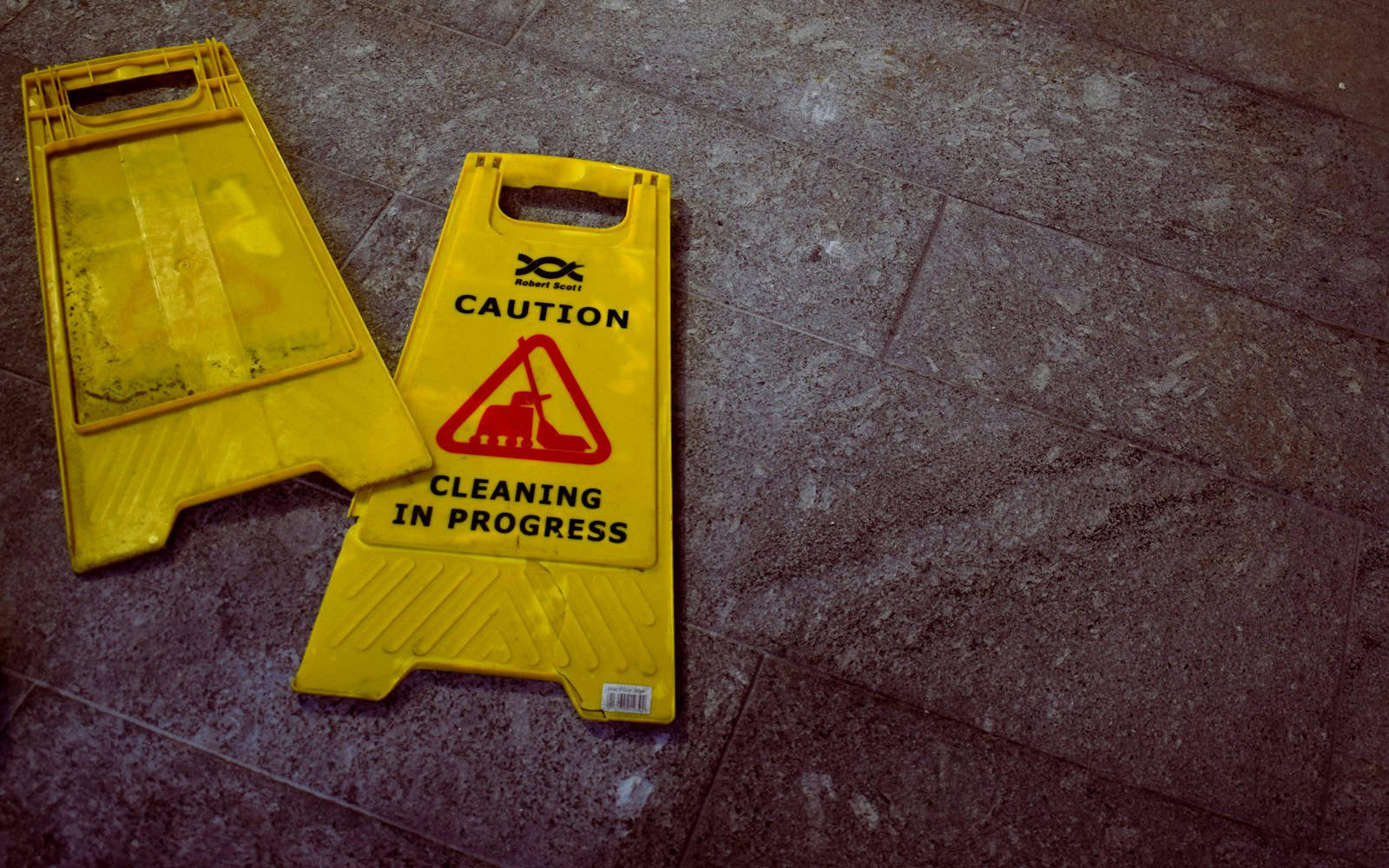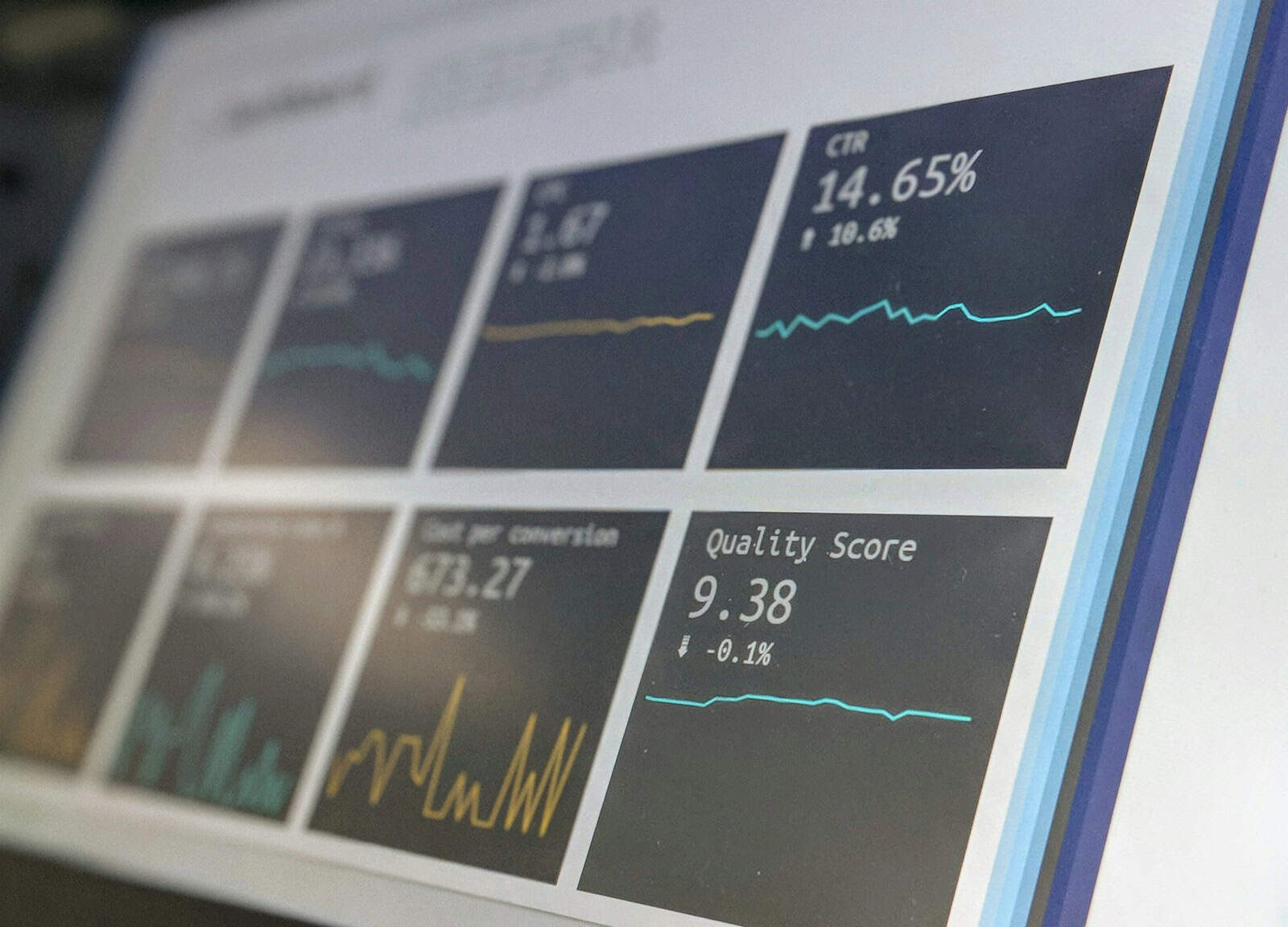In my experience as a lean management consultant, I’ve learned that small tweaks can produce significant results, and team ice breaker questions are no different. They’re a basic resource that can turn your meetings from boring to brilliant, so I’ll discuss how to effectively use them to increase engagement, encourage creativity, and enhance overall team performance. So which ice breakers are best for your next meeting?
Effective Ice Breaker Questions for Professional Settings

Ice breaker questions are one of the best strategies to start a meeting off on the right foot. I’ve used them in my career many times to improve team dynamics and set a positive tone. Here are the main types of ice breaker questions you can use with teams:
- Fun and lighthearted
- Work related
- Personal (but don’t get too personal)
- Thought provoking
These questions really serve as a multi-purpose tool. They help team members relax and get more comfortable with each other – and that’s important. Teams who allow members to get to know each other on a personal level before discussing business tasks improve their performance by 50%. That’s a pretty significant boost!
When choosing ice breakers, consider the meeting size and purpose. For larger groups, select questions that are quick and easy to answer. For smaller teams, you can ask more in-depth questions. Always be sure to ask appropriate questions based on your workplace culture.
Ice breakers literally break down walls between team members. You’re getting everyone to participate in a shared experience, and that often leads to better collaboration. You’ll also likely hear people reference ice breaker questions after the fact, and that’s always a positive sign because it means people are establishing a team bond around your ice breaker.
Finally, remember that you’re doing this activity to warm the group up – not make anyone feel uncomfortable. Avoid any questions that might be too personal or controversial. The best ice breakers get everyone to participate without feeling put on the spot.
Quick and Easy Questions
In my opinion, quick ice breakers work well for short meetings and when you don’t have much time. Here are some rapid-fire questions you can ask:
- What’s the best thing that happened to you this week?
- If you could choose any superpower, what would it be?
- What is your favorite thing to do to unwind after a long day?
- If you could instantly become an expert in something, what would it be?
- What was the last movie you watched or book you read?
To use these effectively, ask the question clearly and allow everyone to answer quickly. Keep answers short, usually no more than 30 seconds.
Fun fact: Did you know it takes about 8 minutes for teams to get into a “flow state” where they are most effectively collaborating in a virtual meeting? Quick ice breakers help nudge that process along. It shifts people’s focus from their individual tasks to collaborating as a group.
When using quick questions to check in on your team’s time, simply tell everyone the expectation. For example, you might say, “We have about 5 minutes, so I’d love for everyone to give a quick response.” Then stick to that timeline. By doing so, you keep the meeting on track without sacrificing the value of the ice breaker.
Deep Dive Ice Breaker Questions for Team Building

Sometimes you’ll want ice breakers that are deeper than surface level. Deep ice breaker questions promote deeper connections among your team. Here are a few examples of deep ice breaker questions I use:
What’s a challenge you’ve faced and how did it make you stronger?
If you could change one thing about your industry, what would it be?
What’s a skill you want to learn and why?
Tell me about a specific moment in your career that dramatically changed how you view work?
Use these questions when you have a bit more time, such as during team building sessions or at retreats. They’re effective with smaller groups of people to ensure everyone has a chance to share and discuss.
To ensure these questions lead to deep conversations, create a safe environment for people to share. Encourage team members to listen actively and ask follow up questions. This establishes more empathy and understanding among your team.
Deep ice breakers are powerful because they significantly increase team cohesion and trust. And high psychological safety within a team makes the team 76% more effective at innovating. So by asking deeper questions, you begin building a more open, creative team environment.
Additionally, set the example by providing your own deep answers to these questions. When team members see you vulnerably share, they’ll usually reciprocate.
Fun and Creative Questions
Adding a little fun to your meetings will re-energize your team and improve morale. Here are some of the more fun and unique questions I’ve asked with great success:
- If you were a kitchen appliance, what kitchen appliance would you be, and why?
- What’s the most random talent you have?
- If you could have dinner with any one historical figure, who would it be?
- What’s the weirdest thing you’ve ever eaten?
- What would be the theme song of your life?
When asking more fun questions, ensure you maintain some level of professionalism. The idea is to make the meeting more lighthearted, not to derail the meeting. Keep the questions fun and lighthearted while still being respectful.
The key is to adjust creative questions depending on the team. For example, if the team is more conservative, you might ask slightly less ridiculous questions to start. As the team gets more comfortable, you can start asking more outrageous questions.
I’ve found that these more fun icebreakers often reveal a different side of team members’ personalities, and knowing these details about your team can help improve how you work together on professional tasks.
Ice Breaker Questions for Virtual Meetings

Virtual meetings are more challenging, but also offer more opportunities for creative ice breakers. Here are a few questions designed specifically for online team interactions:
- What’s something in your workspace that motivates you?
- What’s your favorite snack while on virtual meetings?
- Share a photo of your pet or a favorite item and why it inspires you.
- What’s been the most pleasant surprise about working from home?
You can ask these questions using the functionality in your video conferencing software. For example, you can do a poll to vote on what everyone’s favorite snack is, or use a virtual white board or screen share to allow everyone to share a picture of their pet and why they love it.
Doing virtual ice breakers is one of the best ways to increase remote team engagement. In fact, virtual teams that use ice breakers report a 40% higher feeling of team connection than those who do not. Additionally, remote meetings with ice breakers have a 25% higher attendance rate.
These statistics really drive home the point of the value of kicking off a virtual meeting with a fun activity. It combats the feeling of loneliness that can come with working remotely, and it sets the tone for a meeting where everyone collaborates.
Questions for Large Groups
Managing ice breakers for larger teams requires a different strategy. Here are the ice breaker activities for large groups that I’ve had success with:
- Use polling for quick multiple choice questions.
- Break people into smaller groups for a short discussion.
- Ask for volunteers to share instead of going through each person.
Here are a few examples of questions that work with larger groups:
- What is one word to describe how you’re feeling today?
- If you could magically become an expert at any one skill, what would it be?
- What is the best piece of advice you’ve ever received?
When managing ice breakers for large groups, be very strict about the time. You might only allow 30 seconds for each person to share or set a time limit for the entire activity and move on when time is up.
Again, the key is creating a feeling of shared experience, even in a large group. These ice breakers foster a sense of connection among larger groups of people, making them feel more like a team.
Industry-Specific Questions

Tailoring ice breakers to your industry can make them more industry relevant and interesting. Here are a few examples I’ve used in various industries:
Tech:
- What tech trend are you most excited about?
- If you could automate any task in your role, what would it be?
Finance:
- How would you explain what you do to a 5-year-old?
- What is a financial lesson you wish you had learned earlier?
Education:
- Who was the most influential teacher for you and why?
- If you could introduce a new subject into the curriculum, what would it be?
To create industry relevant ice breakers, think about the common challenges, goals, or interests of your industry. Then, use those as the basis for your ice breakers.
Industry relevant ice breakers can help generate insightful conversations that might lead to new ideas or solutions. It also demonstrates your understanding and appreciation of something unique about your industry.
Measuring the Impact of Ice Breaker Questions
Like any business activity, you should measure ice breaker effectiveness. Here are a few ways I’ve done so:
- Analyze participation levels. Are more people talking in meetings?
- Send out anonymous team morale and camaraderie surveys.
- Measure meeting effectiveness. Are you getting more done in the same amount of time?
Key results might be more ideas generated, better problem solving, or faster decision making.
The data doesn’t lie. Meetings that include ice breakers have 34% higher participation, 28% higher information retention, and a 23% increase in team camaraderie. These are key data points to show the value of ice breakers in meetings.
To collect data, ask your team members how they feel about the ice breakers. Use this feedback to iterate. Remember, ice breakers should change as your team changes to ensure they remain effective and fun.
When planning your ice breaker questions, it’s important to consider both divergent vs convergent thinking. Divergent thinking can help generate a wide range of creative ideas, while convergent thinking can help focus on the most effective questions for your team.
Setting short term goals for your ice breaker sessions can help you measure their effectiveness and make improvements over time. This approach aligns well with the concept of continuous improvement in team building.
Final Takeaways
Ice breaker questions are an excellent resource to improve team dynamics and meeting productivity. Whether you ask simple, fun questions or more serious, thoughtful questions, ice breakers can make a big difference in meeting engagement and team bonding. I’ve personally witnessed effective ice breaker questions turn a tense, awkward group into a productive team. However, keep in mind that you should adjust your strategy based on your team’s industry, size, and meeting goal. With some trial and error, you’ll strike the right balance to use ice breaker questions to start your meetings off on the right foot and set them up for success.






